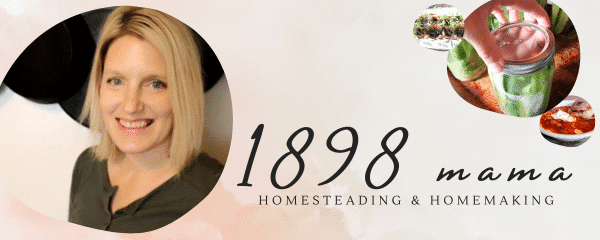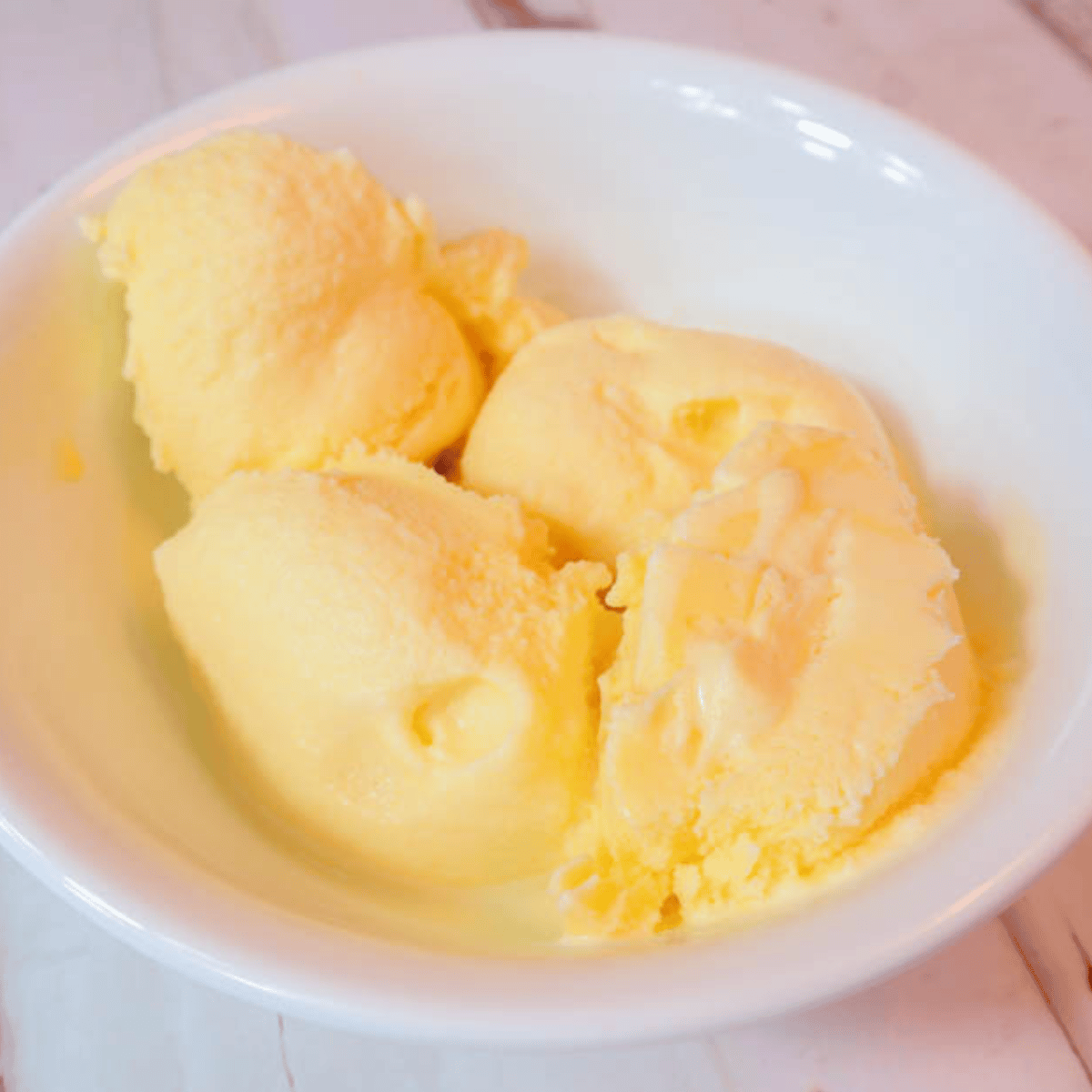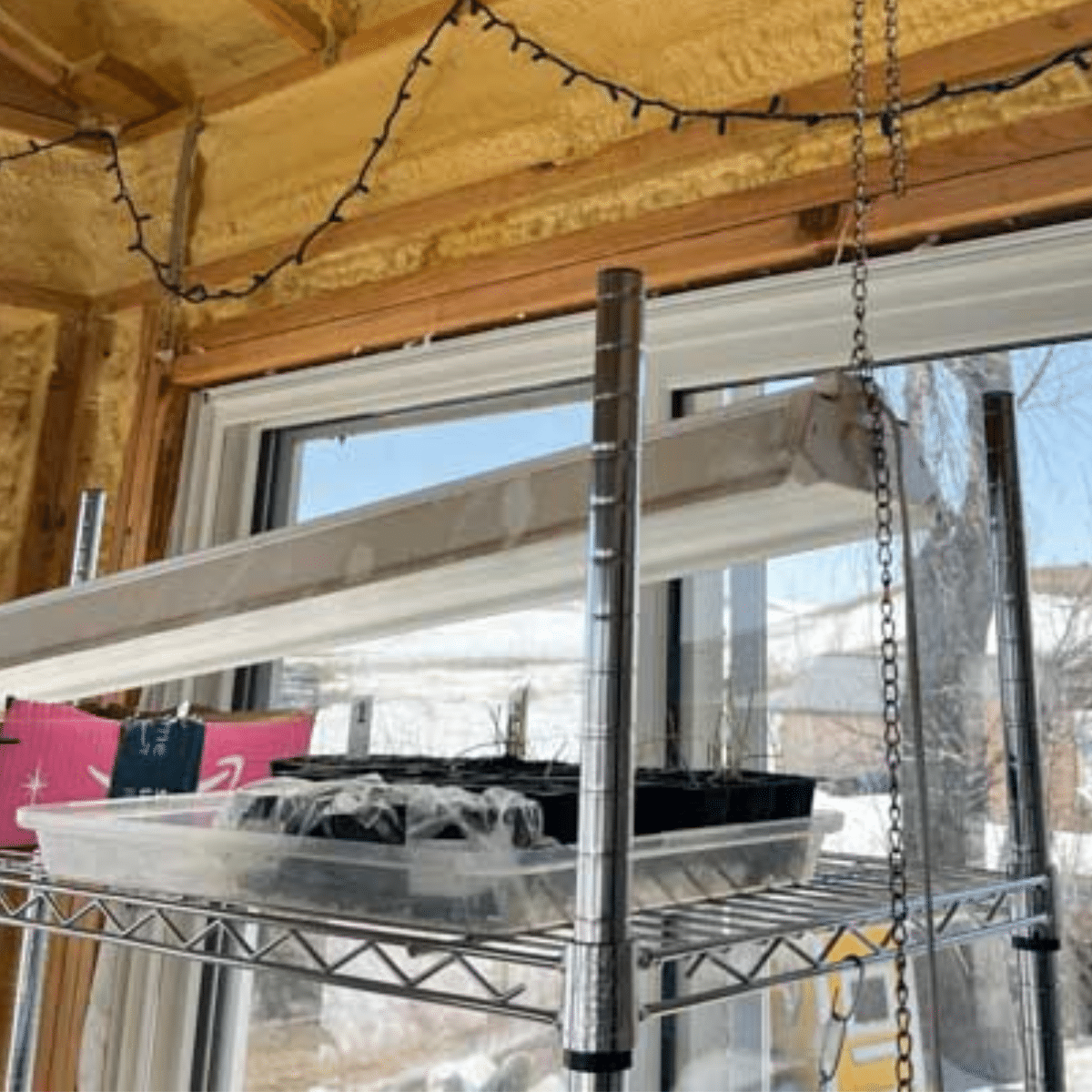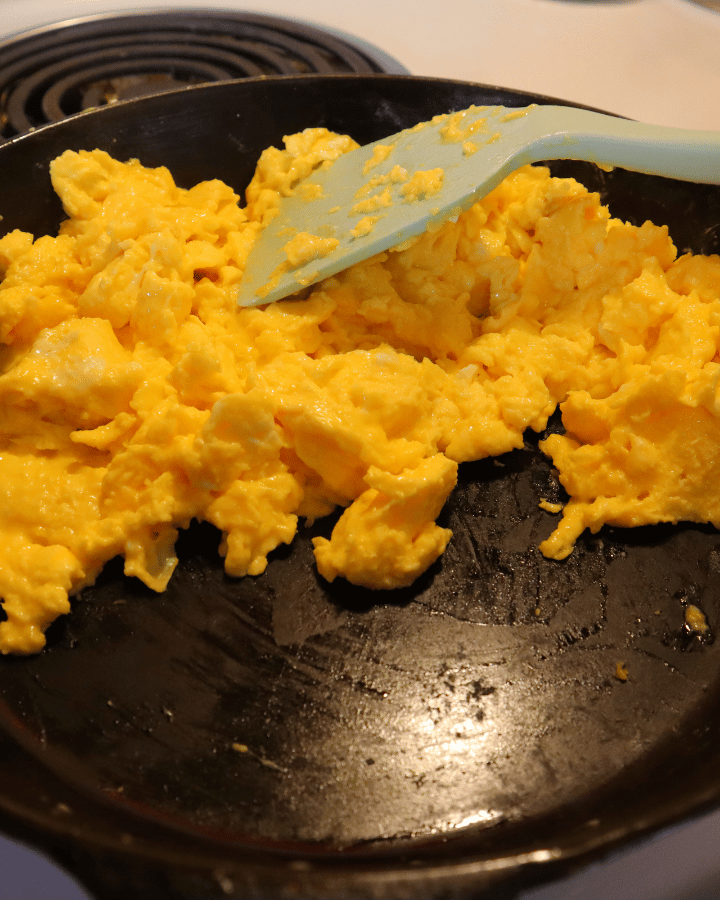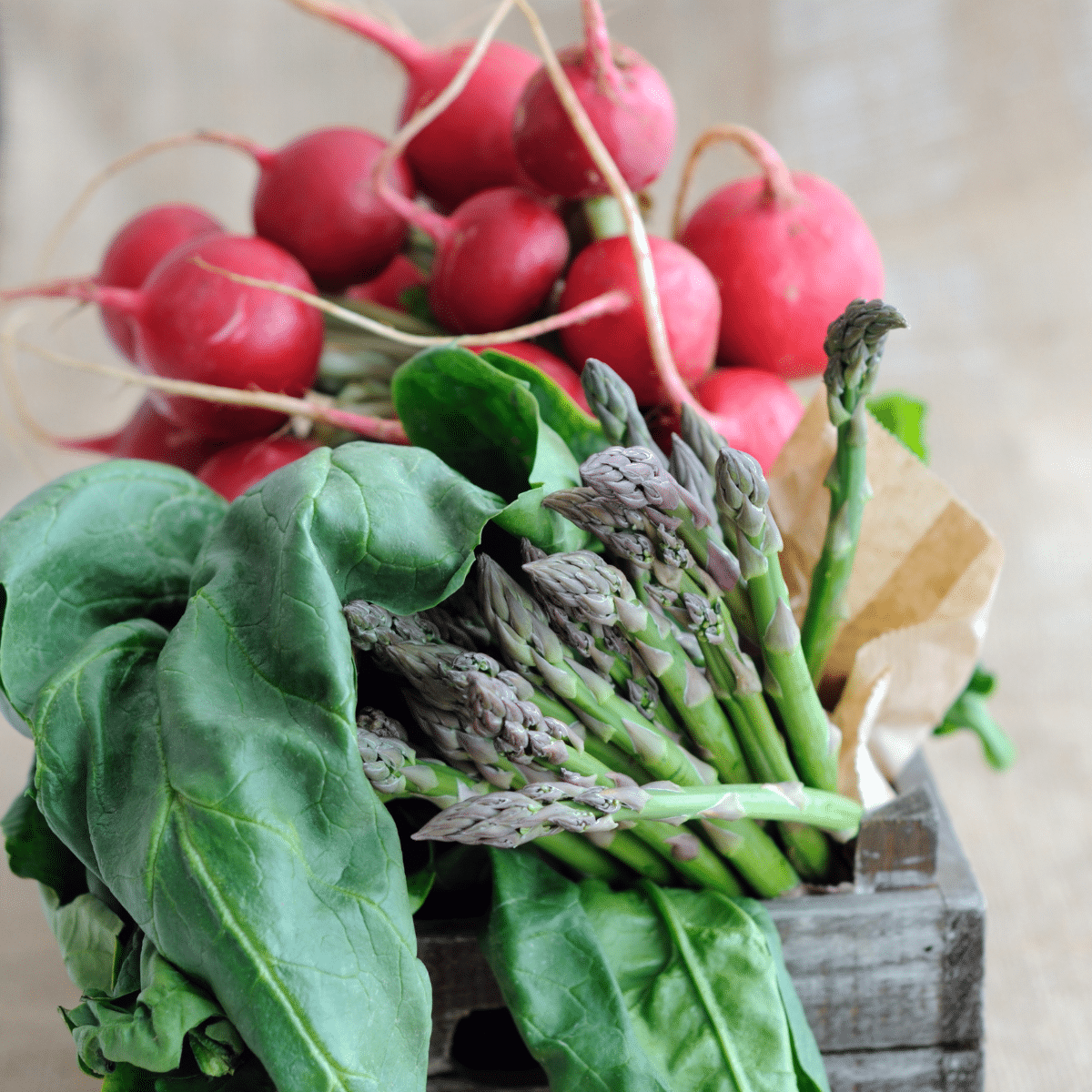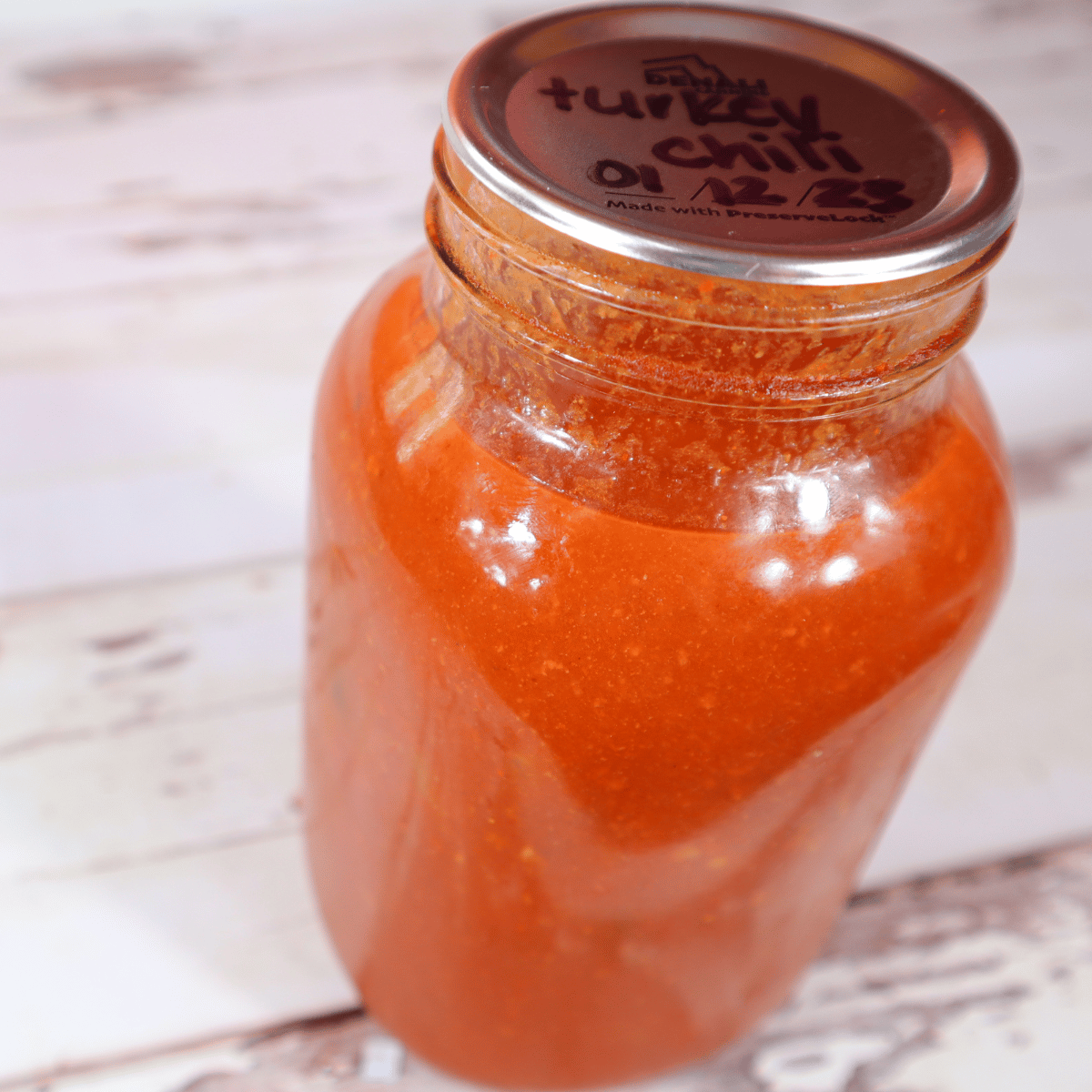How To Separate Cream From Milk
Learning how to separate cream from milk in dairy seems like such a simple thing to write about. Unfortunately, it is not something that a lot of people know how to do anymore. At one point, I had to figure out how to do it too. “Freedom is a fragile thing and it’s never more than one generation away from extinction, just like knowing how to separate cream from milk.” Okay, I might have made that quote into something new, but it’s surprisingly true.

For those of us who grew up on store-bought milk in those plastic jugs, seeing a cream line on top of milk is a whole new experience. Nobody told me that I had to shake my milk before pouring it unless I wanted a chunk of cream to drink. So, if you are a raw milk newbie, don’t worry. I’m going to show you exactly how to separate cream from milk in dairy.
The Right Kind of Milk
Separating cream will only work with non-homogenized cow’s milk. Homogenization is a process that takes the cream and the milk and turns it into one product. So, if you are waiting for your store-bought milk to get a cream line, it’s not going to happen. Try finding a local farmer that sells milk. However, it needs to be raw milk from a cow. Goat milk is naturally homogenized so that dairy product won’t give you a beautiful cup of heavy cream.
This post contains affiliate links, which means I make a small commission at no extra cost to you. See my full disclosure here.
How to Separate Cream From Milk in Dairy
There are a few ways to separate the cream from the raw milk. I’m going to give you the easiest way and the cheapest way you can do this. After that, I will tell you a couple other ways you can separate the raw cream from milk.
The Ladle Method
- If you just got your milk, let it sit in the fridge for at least 24 hours. This allows the cream time to rise to the top of the jar using a normal gravity method. The longer you let the cream sit without disrupting it, the thicker it will become. In a few days, it will almost be like a plug sitting on top of your milk. Pro tip: If you get your raw milk from a farmer in a jar that has a really small opening, transfer the milk to a half gallon mason jar with a wide opening. That will make it easier to remove the cream.
- Find the cream line. You can find this by looking at the sides of the jar. It will be around ⅓ of the way down, depending on the breed of cow the milk came from and her diet.

- Gently dip the ladle into the cream layer and fill the ladle up. Do not go too deep here. You don’t want to go into the actual milk. If you start seeing some blueish tinted lines in your ladle, that means you are hitting the milk. The cream is thick and yellowish-white. Once you see it, you will know the difference.

- Make sure to go right up to the outer edge of the jar to make sure you are getting all the fresh cream you can.
- Pour the cream into a separate cream jar. I use a quart size mason jar for this, but any jar will work.

- Repeat the dipping and dumping method over and over until the majority of the cream is in your new jar. Personally, I like to leave a little cream in my milk. It leaves a better flavor and it ensures I’m not getting too much milk in my cream, which isn’t good for making butter. Don’t panic though, it is okay to get a little milk in there.
I have my own heavy cream. Now what?
Use the leftover skimmed milk for drinking or cooking. The good news is that by conventional standards, your milk is still “whole milk.” The reason for this is because Holstein cows, the cows you think of when you buy store-bought milk, those black and white gals. They produce so little cream that store-bought whole milk has very little cream in it.
Turn the cream into a variety of new products. There are so many things you can do with the cream.

Here are a few home dairy recipes:
Here are some recipes from me and a few of my friends that also love raw milk.
What if I don’t have a ladle?
There are another number of other substitutes you can use if you don’t want have a ladle. Also, I said earlier to use a stainless steel ladle. That is my favorite for cream separation, however a silicone ladle works great too.
If you have your milk in a half gallon mason jar, a ¼ cup measuring cup will generally fit inside there. A large spoon is also an easy way to remove the layer of cream. That is most budget-friendly option, however it will take you a little longer.
Using a turkey baster is also another option you could try.
Spigot Jar Method
You can also try to separate cream from milk in dairy by using a glass jar with a spigot. I have seen this idea floating around a lot, so I tried it. In theory, it sounds great. However, the raw milk seemed to clog up my spigot. I made sure to never let the cream line get down to the spigot hole, but it still seemed to clog it up. Maybe it’s because I bought a cheap $5 spigot container, but I’m not willing to try again. Not when my ladle works so well.
Cream Separator
Buying a small cream separator is another option.
How much cream do you get from the fresh milk?
This all depends on the breed of cow the milk came from. Typically though, it’s safe to say I get about half a cup per half gallon of milk. Some breeds have a higher-fat layer than others.
Why wouldn’t I just buy cream from the store?
That just sounds so easy, doesn’t it? Unfortunately, when you read the ingredient label on that store-bought cream, it tells you what is in it. Even the organic cream has things in it that are hurting your health. Industrial production of cream has made it necessary to add all of the preservatives into the heavy whipping cream.
Personally, for me and my family, I would much rather have use use cream that is only cream versus 10 different man made cancer causing chemicals in them. Don’t believe me? Go read the label.
Print How to Separate Cream From Milk in Dairy Here:
How To Separate Cream From Milk

Tools
- mason jars
- stainless steel ladle
Instructions
- If you just got your milk, let it sit in the fridge for at least 24 hours. This allows the cream time to rise to the top of the jar using a normal gravity method. The longer you let the cream sit without disrupting it, the thicker it will become. In a few days, it will almost be like a plug sitting on top of your milk. Pro tip: If you get your raw milk from a farmer in a jar that has a really small opening, transfer the milk to a half gallon mason jar with a wide opening. That will make it easier to remove the cream.
- Find the cream line. You can find this by looking at the sides of the jar. It will be around ⅓ of the way down, depending on the breed of cow the milk came from and her diet.
- Gently dip the stainless steel ladle into the cream layer and fill the ladle up. Do not go too deep here. You don’t want to go into the actual milk. If you start seeing some blueish tinted lines in your ladle, that means you are hitting the milk. The cream is thick and yellowish-white. Once you see it, you will know the difference.
- Make sure to go right up to the outer edge of the jar to make sure you are getting all the fresh cream you can.
- Pour the cream into a separate cream jar. I use a quart size mason jar for this, but any jar will work.
- Repeat the dipping and dumping method over and over until the majority of the cream is in your new jar. Personally, I like to leave a little cream in my milk. It leaves a better flavor and it ensures I’m not getting too much milk in my cream, which isn’t good for making butter. Don't panic though, it is okay to get a little milk in there.
PIN HOW TO SEPARATE CREAM FROM RAW MILK HERE:
This post may contain affiliate links which I would receive a small commission at no additional cost to you. Please read disclaimer and privacy policy for full disclosure.
